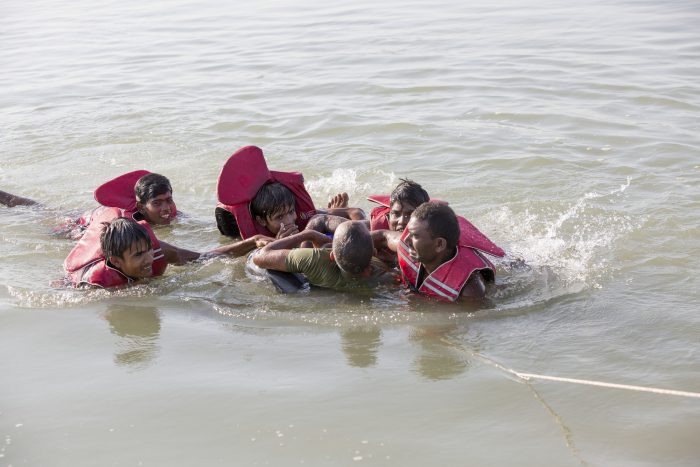A Few Thoughts on Cyclone Phailin
Cyclone Phailin hit the eastern coast of India. The storm’s maximum sustained winds were about 124 miles per hour with gusts reaching 150 mph, according to Indian officials. At least five deaths have been reported. Two interesting facts in the early news reports caught my attention. One, it is estimated that as many as 800,000 […]
Cyclone Phailin hit the eastern coast of India. The storm’s maximum sustained winds were about 124 miles per hour with gusts reaching 150 mph, according to Indian officials. At least five deaths have been reported.
Two interesting facts in the early news reports caught my attention.
One, it is estimated that as many as 800,000 people were required to evacuate low lying coastal areas. Evacuation was mandatory in most affected areas. Indian officials were determined to have fewer casualties than the cyclone which hit 14 years ago and caused over 10,000 deaths. They worked hard this time and had better planning and heightened warnings. It appears to have paid off in reduced deaths. Eight hundred thousand people is a huge number of people to move. In comparison, New Orleans had a population of about 450,000 people when Hurricane Katrina hit.
We’ll be monitoring efforts to provide temporary shelters and food. Damage in some areas has been significant and a BBC reporter, Andrew North, spoke of a scene of apocalyptic devastation in Brahmapur, just inland from where the cyclone reached the coast.
My second observation is that the Indian predictions of the severity of the storm have consistently been less alarming than those from meteorological authorities in the United States. According to the New York Times, late Friday, the United States Navy’s Joint Typhoon Warning Center said the storm, then barreling across the Bay of Bengal, had maximum sustained winds of 161 m.p.h., with gusts reaching 196 m.p.h. — making it similar to a Category 5 hurricane, the most severe.
But once the storm arrived on land, its intensity was more modest, and Indian officials defended their more measured forecast as having been more accurate. “We are not trying to downplay the intensity of the cyclone,” M. Shashidhar Reddy, vice chairman of the National Disaster Management Authority, said at a news conference Saturday. “In fact, U.S. authorities are overplaying it.”
More like this
Cyclone Phailin Low Death Toll Tied to Preparedness

